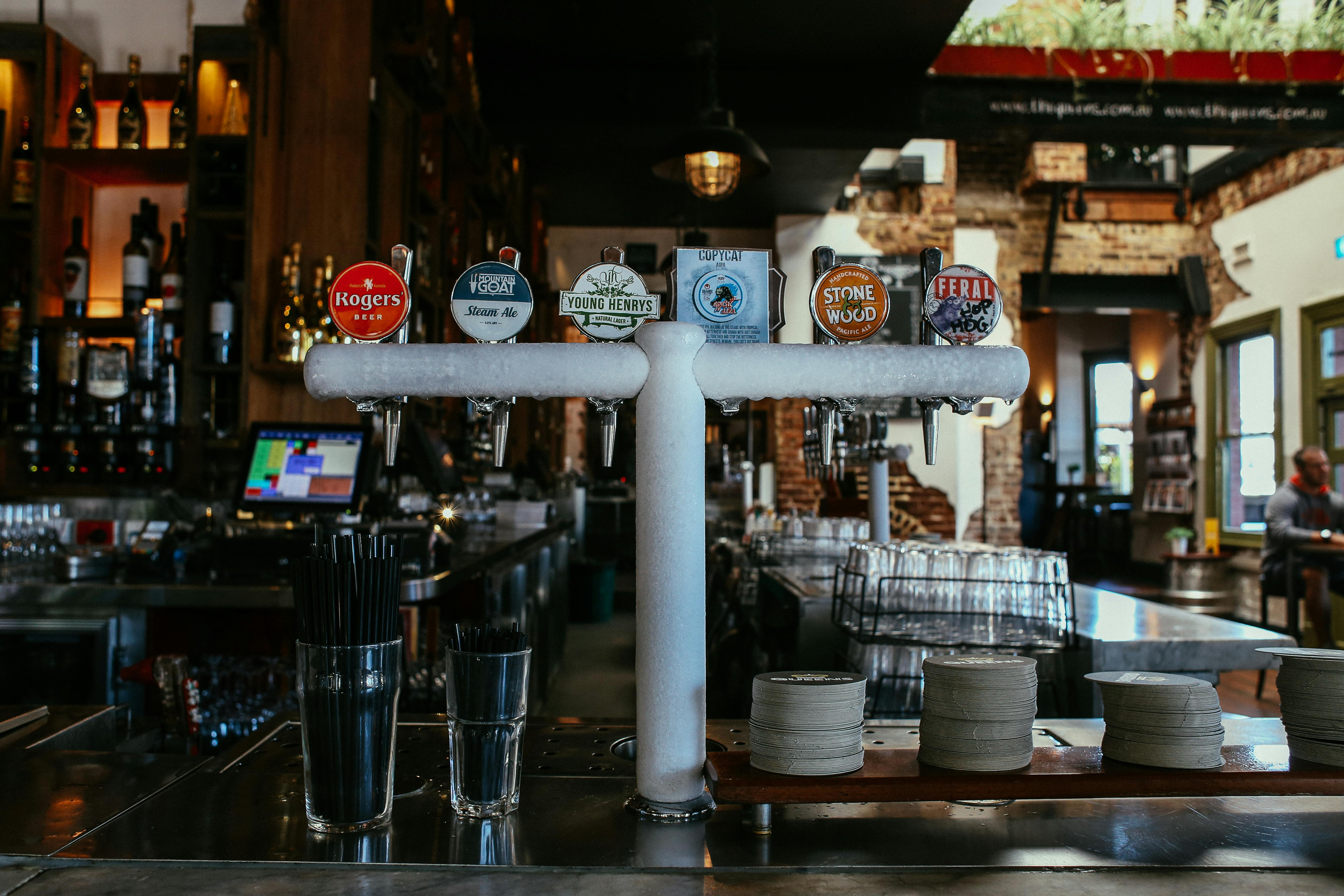
Emergency radios can be essential for survival
An everyday battery powered AM/FM radio may not be enough to keep your family safe. Once you understand the difference between a radio and an emergency radio, you’ll understand how the difference can be critical to the safety of your family. FEMA (Federal Emergency Management Agency) has recommended an emergency preparedness kit that includes important items families should have in case of an emergency. First and second on the list is water and food, obviously. The third item on the list is an emergency radio. The FEMA definition of emergency radios is a “battery or hand crank radio” as well as “a NOAA weather radio with tone alert.” Fortunately, radios are now available with all the necessary emergency features in one receiver.
Using FEMA’s definition and recommendations, let’s examine what kinds of emergencies you might be subject to and what kind of radio you should have to be safe. If you live in an area where you could experience sudden hazards, such as the central United States known as tornado alley, then you need a radio that provides instant information as soon as the National Weather Service issues a warning. You will need a radio that provides SAME (Specific Area Message Encryption) technology that can be programmed to receive emergency weather broadcasts in your specific area, as well as NOAA weather information with a weather alert feature. Both of these features in one radio will automatically turn on the radio, send an alarm through the radio, and give you important information you need right away.
Coastal communities also have a critical need for the right type of emergency radio. Hurricanes track for several days before they make landfall and families usually have time to prepare or leave an area in the storm’s path. In this case, you may decide that a weather alert feature isn’t that important and decide to settle for a radio that will keep you connected to weather channels or local broadcasts when you choose to stay up to date. Severe storms and thunderstorms, while they can be dangerous to life and property, do not equate to the urgency of a tornado. However, if you’re camping with family or friends, you may feel it’s important to have a NOAA Weather Alert radio so you can stay informed of severe weather conditions, flash flooding, or subsequent hazards in your remote location.
Tornadoes and hurricanes are two of the most severe weather emergencies, but they’re not the only things you need to prepare for. Emergency guidelines suggest that we should be prepared to survive on our own for a minimum of three days after an emergency. Therefore, we must, at a minimum, be able to receive local news and weather during this period. In addition to weather emergencies, we must also prepare for a local power outage. Power outages can be caused by a storm that passed, the flood that followed, or a minor earthquake that managed to not only knock out power, but may have disrupted emergency services as well. These are all common events. Without electricity, the radio’s power source becomes critical. Many radios have numerous power sources including not only replaceable batteries and AC adapters, but also hand cranks for recharging batteries and even solar panels. Some radios go further and have the ability to power other items, like your cell phone.
So what kind of radio do you need to survive in an emergency? Knowing what the possible emergencies are in your area will allow you to find a radio equipped with the necessary features to ensure the safety and survival of your family. You are ready?